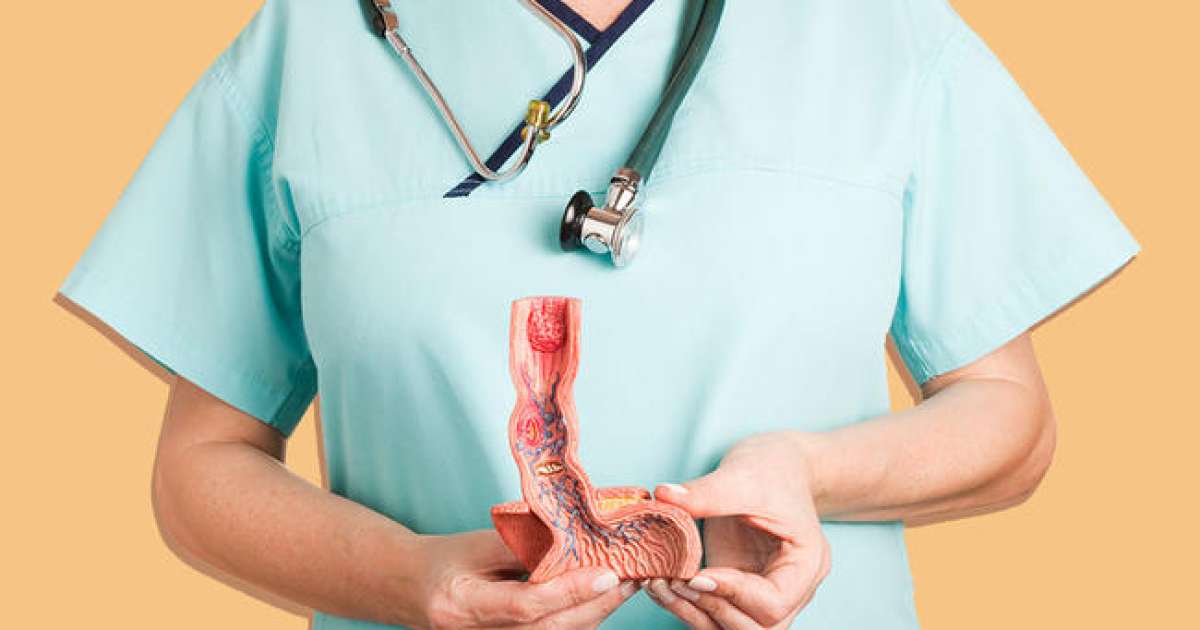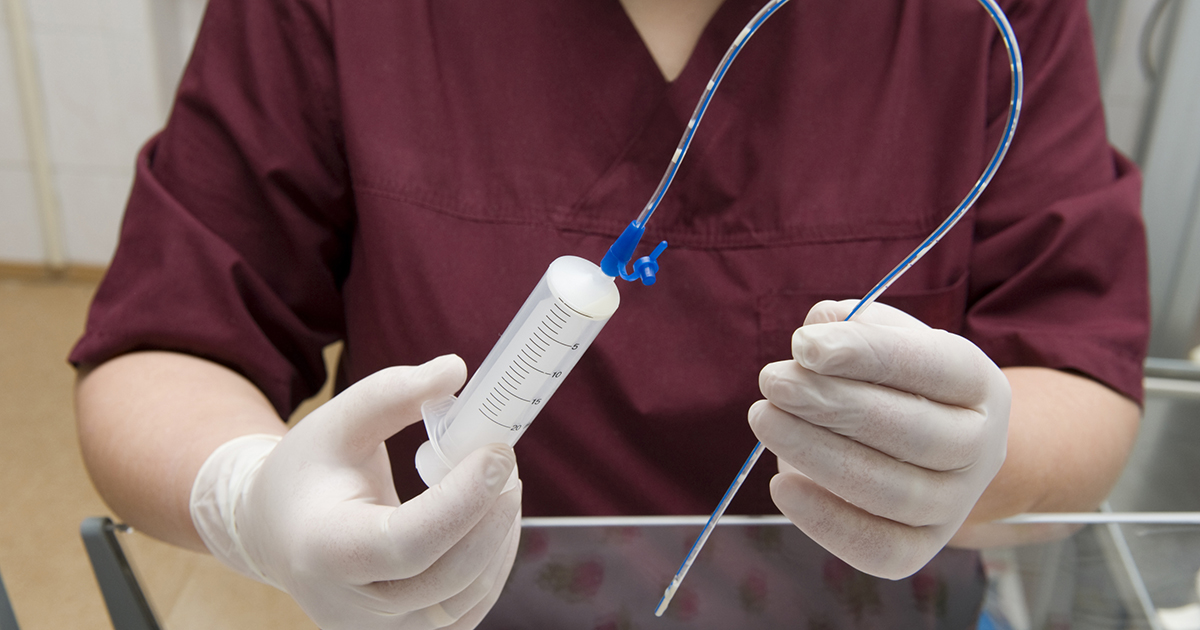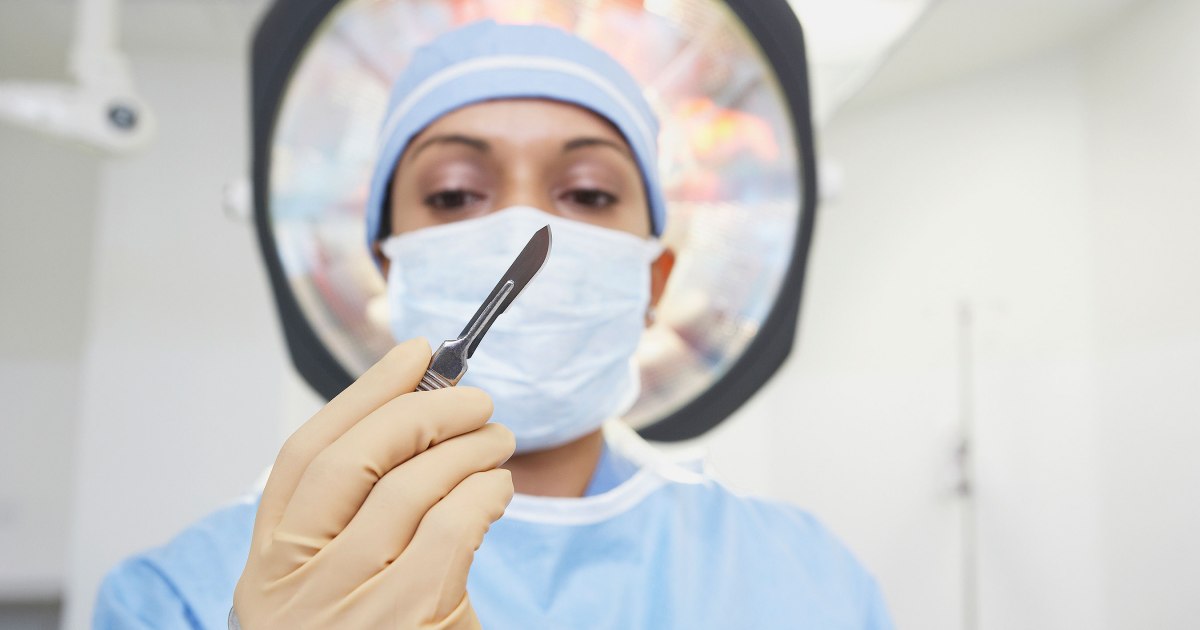Treatment Options For Dysphagia
Dysphagia is a condition in which individuals have difficulty swallowing food and liquid. In typical cases, difficulty swallowing is a complication of stroke and achalasia. Though dysphagia can occur in all groups, the condition is most likely to affect elderly individuals. It is very common for patients to feel as if there is food is lodged in the throat upon having a meal. This can be accompanied by a gurgling sound in the voice. Other symptoms include heartburn, choking, dehydration, drooling, and unintentional weight loss. Malnutrition can also occur as a result of dysphagia. Get to know the best treatment options for dysphagia now.
Esophageal Dilation

Dysphagia can occur as the result of esophageal structure becoming narrow, in which case the doctor will recommend esophageal dilation. This procedure involves the esophagus being stretched using a balloon, bougie, or guidewire. For monitoring the procedure, the doctor with fluoroscopy, which refers to the use of X-rays.
Several studies documenting the effects of dilation treatment are mentioned in a 2010 review. One study showed good or excellent results in eighteen of twenty-seven achalasia subjects. Results for six other subjects were classified as fair. Dilation on most subjects was performed using a thirty-millimeter balloon. In another study, dilation with a balloon improved symptoms in most subjects at different times. Over ninety percent saw improvement twenty-four hours following the treatment. On the other hand, results for dilation treatment have been mixed compared to surgical intervention. More up-to-date studies are necessary.
Keep reading for more on how to treat dysphagia now.
Stent Placement

With performing a stent placement, the doctor inserts a flexible tube into the patient's esophagus. The tube will enable the narrowed area to remain open. Some research suggests stent insertion can be helpful in treating dysphagia. In a 2009 study, palliative stenting was shown to improve dysphagia in inoperable esophageal cancer subjects. Appetite was improved as well. In a study published in 2014, malignant dysphagia subjects were treated with stent featuring anti-migration features. The stent helped eliminate dysphagia for over half a year for most of the subjects.
Several complications of an esophageal stent include nausea, respiratory tract compression, gastroesophageal reflux, chest pain, and stent malposition. These complications were recorded for evaluation in a 2012 study.
Learn more about treating dysphagia effectively now.
Learning Swallowing Techniques

Dysphagia can cope with their condition by learning swallowing techniques. One of the most popular swallowing exercises is called the Shaker. For the Shaker exercise, the patient will be lying on their back and hoisting only their head. Their eyes will be the toes while their head is raised. Individuals must keep your head raised for one minute before lowering, where they can take another minute to rest the head before raising it again. It is recommended to do this at least three times per day.
Another technique called the Masako manuever is also shown to be effective for individuals who have difficulty swallowing. This exercise can help strengthen the muscles of the pharyngeal walls. The tongue should be between the teeth for this exercise, and patients will hold it in this position as they swallow.
Patients can also try effortful swallowing. In this exercise, they will try their best to swallow with or without the use of food. Additional techniques include the Mendelsohn maneuver, hyoid lift maneuver, and head rotation exercises.
Get the details on more ways to treat dysphagia now.
Feeding Tube Placement

As mentioned, dysphagia patients are a great risk for malnutrition. Therefore, they may need a feeding tube placement, otherwise known as percutaneous endoscopic gastrostomy. In this procedure, the doctor places the tube into the abdominal wall through an incision. This way, patients can get the food into their stomach without having to attempt swallowing it.
A 2016 study demonstrated the improvement of dysphagia grades in subjects following treatment with percutaneous endoscopic gastrostomy. In a review from 2012, a number of trials concluded this method was better at food delivery compared to nasogastric tube feeding. However, in one study, subjects treated with a nasogastric feeding tube saw better results compared to those who received a stent placement. The Journal of Neurology, Neurosurgery, and Psychiatry also reports nasogastric feeding helped ease dysphagia in stroke subjects during a 2003 trial.
Some researchers, however, are skeptical about the use of feeding tubes as it can cause complications. The doctor should provide details on what to expect with getting a feeding tube placement.
Learn more about how dysphagia is treated now.
Laparoscopic Heller Myotomy

Laparoscopic Heller myotomy is another recommended treatment for dysphagia. In this procedure, the doctor makes incisions into the muscle tissues of the lower esophageal sphincter that connects the esophagus to the stomach. The opening of the sphincter enables food to go into the stomach more easily. As this organ inhibits reverse movement of stomach contents into the esophagus, a secondary procedure is performed to prevent gastroesophageal reflux.
Research for laparoscopic Heller myotomy is ongoing. However, multiple studies have shown this procedure to be effective in improving dysphagia. In a 2007 study, the procedure was shown to have been effective in a majority of esophageal achalasia subjects. The study included 113 participants divided into four groups. Following treatment, most participants saw improvement in swallowing.
In another study, laparoscopic Heller myotomy helped improve symptoms in ninety-one of 102 subjects during initial treatment. Five more subjects also saw improvement, however, with the treatment of additional procedures. In addition, a 2013 review detailed laparoscopic Heller myotomy helped ease dysphagia in two subjects each suffering a massively dilated esophagus.